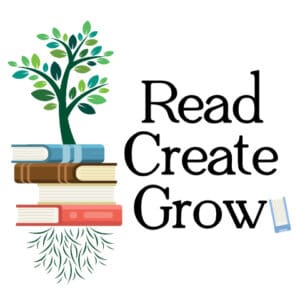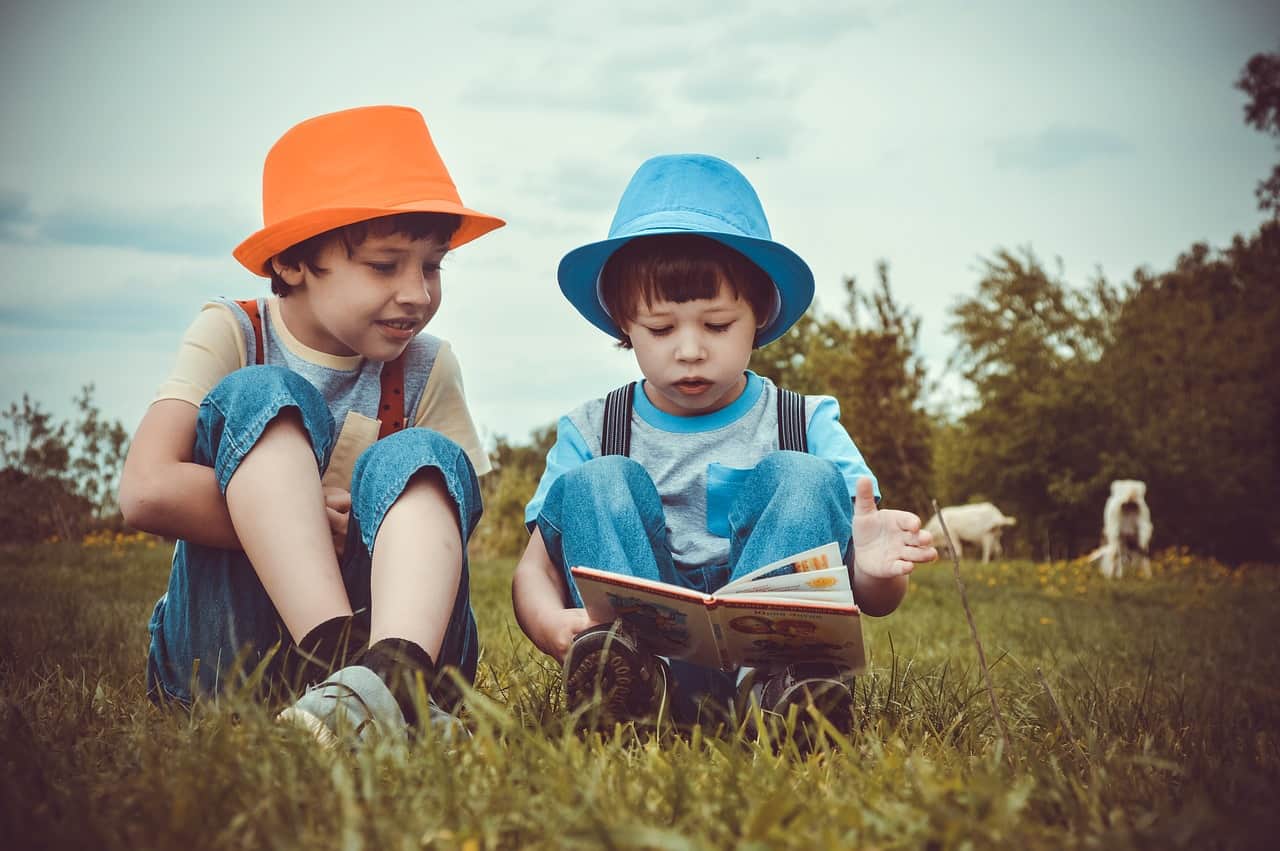Everyone has a different reaction to the idea of nonfiction books. Some adults love them, some adults can’t imagine reading them and don’t think their kids would want to either. However kids love to learn about the way the world works.
Reading nonfiction with your preschooler is one of the best ways for them to develop early literacy skills and the necessary school skills they will need when they are in kindergarten and beyond. Nonfiction books teach your child about the world, building their general knowledge of the world, curiosity, math words, empathy and more.
These nonfiction books offer a number of ways to read the books through varied text styles, text length, illustrations and photographs. In this post we teach you how to read a nonfiction picture book for all it’s worth, so check that out and apply it to this curated list of nonfiction books your preschooler will love.
Read More: Why Does Building General Knowledge Matter?
*This post may contain Amazon or other affiliate links. As an Amazon Associate I earn from qualifying purchases.
Nonfiction books about Nature for Preschoolers
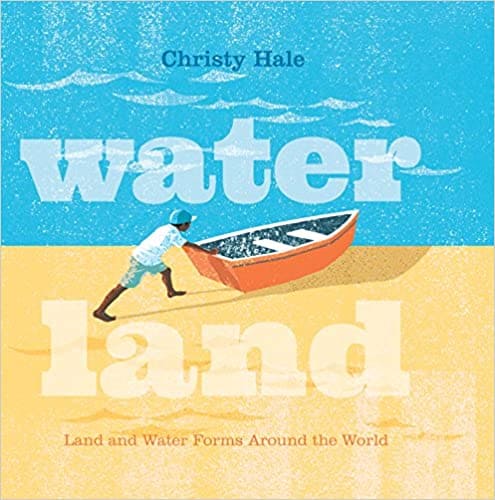
Water Land: Land and Water Forms Around the World
Written and Illustrated by Christy Hale
Ages 3-6
Reading this book is an excellent way to practice reading the pictures in a story. It features very little text, but a great way to practice identifying other things on the page, and practice questions like, what color or how many. You can also practice counting and identifying colors. This book is great for younger readers.
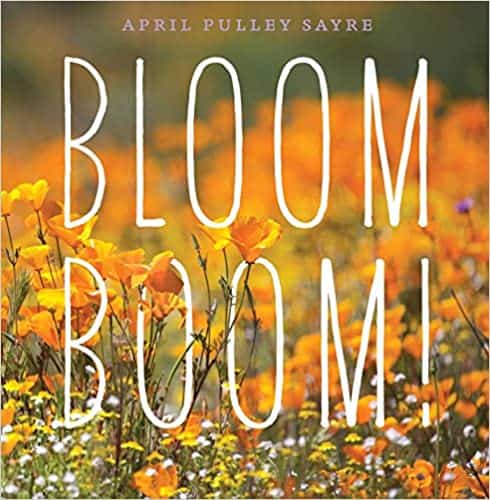
Bloom Bloom!
Written and Photographed by April Pulley Sayre
Ages 4-8
If your little one is interested in flowers, you can’t beat this book by April Pulley Sayre. Each page features beautifully photographed images of flowers at different stages of growth. Some pages have simple, short lines of text, others feature a short paragraph about a specific kind of flower. This is a nonfiction book that will grow with age. If you enjoy this one, try the author’s other work like Thank You, Earth and Being Frog.
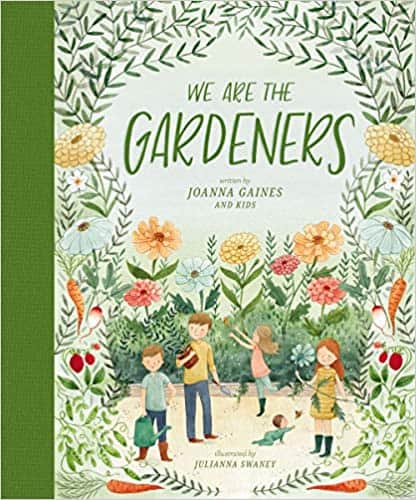
We Are the Gardeners
Written by Joanna Gaines | Illustrated by Julianna Swaney
Ages 4-8
Every spring gardens grow, but they can take a lot of work. Learn about how plants grow, the steps for starting a garden and how important it is to be patient with this story from a family who loves a project! You can talk with your child about the real-life steps it takes to keep plants growing, as well as other concepts like patience, perseverance and persistence. This is a story that grows with age. Simplify the ideas for little ones and talk about more serious ideas with older readers.
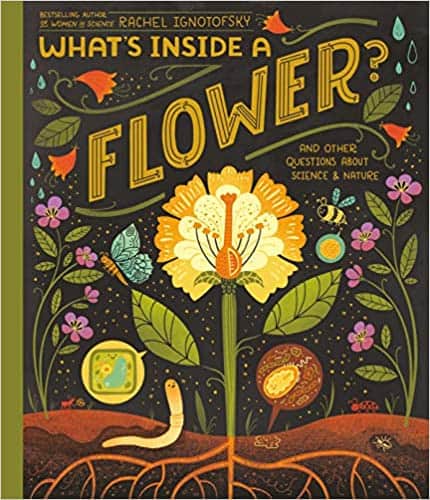
What’s Inside a Flower?
Written and Illustrated by Rachel Ignotofsky
Ages 4-7
Beautifully illustrated and featuring simple text, this book is a great choice for a reluctant or younger reader. The story is simple and laid out like a picture book, but each page features gardens or flowery scenes along with factual information buried in the artwork. Take your time reading through this to examine all the names of the flowers. This is a story you and your child can come back to and find something new in the art.
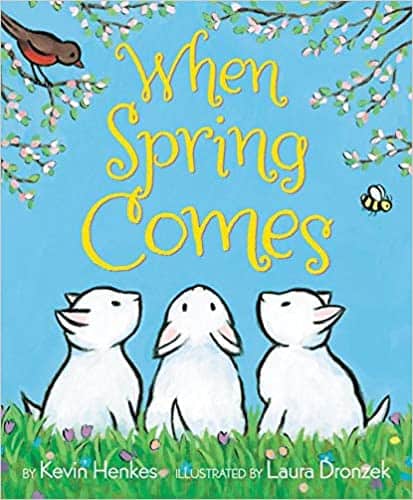
When Spring Comes
Written by Kevin Henkes | Illustrated by Laura Dronzek
Ages 3-7
Another wonderful story by Caldecott Medalist and Newberry Honor winner Kevin Henkes, about spring and the changing seasons. The artwork is beautiful and gives you lots of things to talk about as you read. The text is simple, written in storybook format for a sweet springtime read. If this one is a big hit, you can also try In the Middle of Fall, Winter is Here and Summer Song.
Nonfiction Books about People for Preschoolers
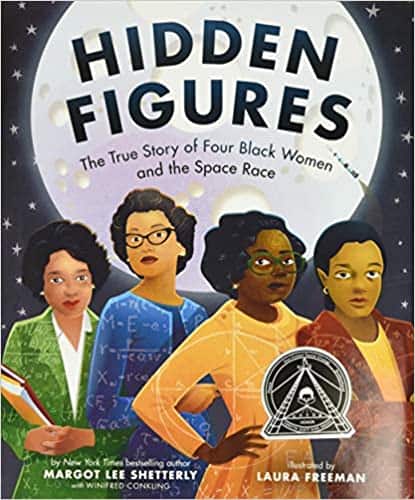
Hidden Figures: The True Story of Four Black Women and the Space Race
Written by Margot Lee Shetterly and Winifred Conkling | Illustrated by Laura Freeman
Ages 4-8
Based on a bestselling book and a movie, this is the story of four women who were really good at math. They were so good, they provided the calculations to NASA that allowed for America’s first journey into space, at a time when being both black and a woman the things they could do. The story features a variety of text types, small paragraphs, short sentences, and timelines. It talks about the science and math these women worked on as well as the history of the time, and biographies of each woman. Share this with your child at a young age to introduce the concepts and read it again over time as your child gets older.
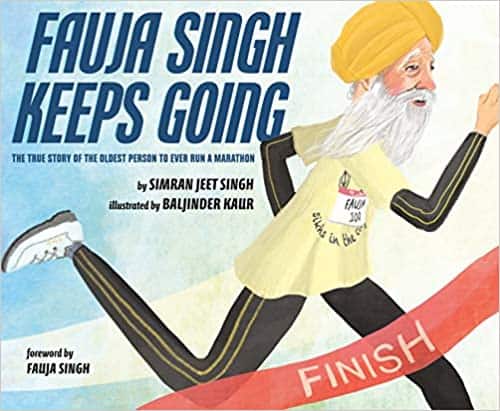
Fauja Singh Keeps Going
Written by Simran Jeet Singh | Illustrated by Baljinder Kaur
Ages 4-8
If your child prefers picture book formatted stories, they will enjoy this. Written in a narrative format, this is the real-life story of Fauja Singh, the first 100-year-old man to run a marathon. The story features beautiful illustrations, lists of Singh’s records as well as a biography, giving a variety of different styles of text to read, a story of hope and encouragement and a positive representation of the Sikh community.
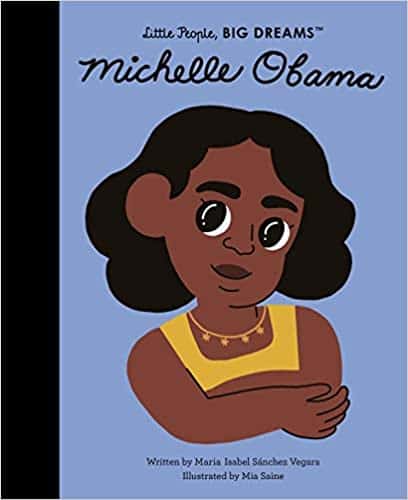
Michelle Obama (Little People, Big Dreams Series)
Written by Maria Isabel Sanchez Vegara | Illustrated by Mia Saine
Ages 4-7
Another wonderful book in the Little People, Big Dreams series featuring former First Lady, Michelle Obama, her early life, education, law career, time in the White House and her work advocating for women and girls. These stories are written in simple sentences making them excellent for young readers. The series is being expanded to beginning readers as well, so look out for those for your older readers.
Nonfiction Books about Animals for Preschoolers
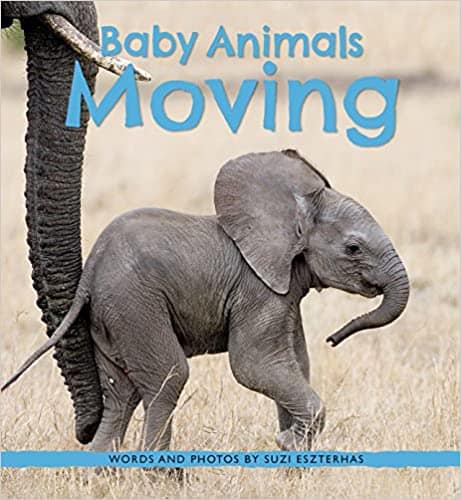
Baby Animals Moving
Written and Photographed by Suzi Eszterhas
Ages 3-6
Just like little humans, little animals love to move. Eszterhas’ nature photography shows animals of all kinds moving, running, jumping, eating and snuggling with their families. It also gives factual information about how animals move and their behavior in simple text that young readers will understand. If your kids love this, try Eszterhas’ other books New on Earth, Moto and Me, Baby Animals Playing, as well as several others.
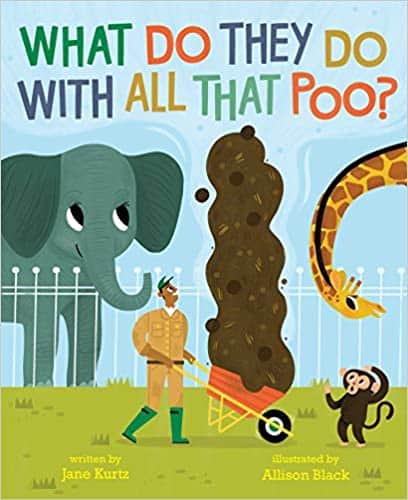
What Do They Do with all that poo?
Written by Jane Kurtz | Illustrated by Allison Black
Ages 3-8
What happens to the poo at the zoo? Hilariously illustrated with various animals and their poos, this book will have your preschooler howling with laughter. The text is written in a classic nonfiction format, explaining each fact in simple terms. There is still room for vocabulary development here though. This is an easy enough read to tackle with younger readers while letting older readers manage reading independently.
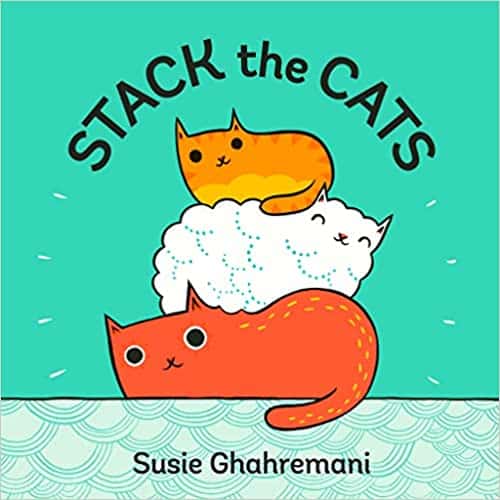
Stack the Cats
Written and Illustrated by Susie Ghahremani
Ages 3-5
Practice math words and counting with these adorable cats. Ten cats stack in crazy ways and invite you to use all kinds of math words. Not only can you count the cats, you can talk about which ones are bigger or smaller, numbers, more or less and position in relation to each other. You can even use descriptive words to talk about the way the cats look (fluffy, sleek, color, etc). If you have fun with this, Ghahremani wrote and illustrated Balance the Birds, and illustrated other popular books like What will Hatch and What will Grow.
